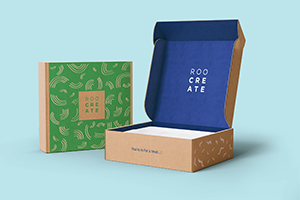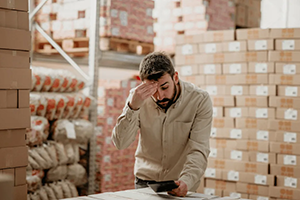Introduction: The Green Path to Greater Gains
Ever wondered if something as simple as switching to eco-friendly packaging could be a game-changer for your business? It’s not just a buzzword or a passing fad—it’s a smart, strategic move that can seriously ramp up your bottom line. With consumers clamoring for brands that care about the planet and regulations tightening by the day, building a sustainable supply chain isn’t optional anymore; it’s your ticket to staying ahead.
Just look at the numbers: the sustainable packaging market is set to skyrocket from $276 billion in 2023 to a jaw-dropping $558 billion by 2034. That’s over $280 billion in growth! Stick with me as I unpack how greener packaging can pad your profits while giving you a real edge over the competition. If you’re a packaging buyer or manager looking to lead the charge, this one’s for you.
So, what’s behind this seismic shift? Well, for starters, 43% of shoppers are ready to shell out extra for sustainable packaging, and over a third have already jumped ship to brands that walk the eco-talk. In Europe, it’s even more striking—two-thirds of folks have swapped products over packaging concerns, and more than 75% are happy to pay a premium for green options. This isn’t just a feel-good trend; it’s a market tidal wave that can supercharge brand loyalty and paint your company as a true guardian of the earth.
And let’s not forget the regulatory heat. Europe’s leading the charge with policies like Germany’s Packaging Act and the EU’s hefty recycling fees, nudging businesses toward sustainability. Compliance isn’t just dodging fines—it’s grabbing a golden opportunity to stand out in a world where eco-responsibility is the new gold standard. Meanwhile, in the Asia Pacific, especially in powerhouse markets like China and India, a booming consumer base paired with growing environmental awareness is fueling massive demand for sustainable packaging. The writing’s on the wall.
Bottom line? Diving into sustainable packaging is like planting a money tree—it grows your profits and reputation in one go. With over half of consumers willing to pay more for eco-friendly food and dairy packaging, and 77% of Europeans reusing materials to cut waste, the chance to connect with values-driven buyers is right there for the taking. Let’s dig into how this green wave can become your business’s next big victory.

Why Sustainable Packaging Is a Total Game-Changer
The rise of eco-friendly packaging isn’t some random blip—it’s fueled by a killer combo of consumer demand, tough regulations, and market pressures. Recent stats show over half of shoppers have picked products with sustainable packaging in the last six months, a clear sign the tide’s turning green. On top of that, rules like the EU’s Packaging Waste Regulation are raising the bar for compliance, while retailers and suppliers push hard for less waste and a smaller environmental footprint. Ignore this shift, and you risk being left in the dust by competitors who’ve already hopped on board.
But here’s the kicker: this isn’t just about keeping up. Traditional packaging gobbles up resources, piles up in landfills, and inflates shipping costs with unnecessary bulk. Sustainable options, on the other hand, flip the script by cutting inefficiencies and delivering real cost savings. The global sustainable packaging market’s projected to leap from $126.5 billion in 2025 to $240.52 billion by 2034—that’s huge growth with serious financial upside. And in regions like Asia Pacific, particularly China and India, a massive consumer base and rising eco-awareness are driving demand through the roof. So, how does going green translate to cold, hard cash? Let’s break it down.

What Is Sustainable Packaging—and Why Should You Care?
Let’s get to the heart of eco-friendly packaging. Picture this: materials that don’t weigh heavy on the planet—think recyclable paper pulp, biodegradable seaweed containers, or goods made from post-consumer waste. These aren’t just safe for us; they’re kind to nature and often reusable to boot. For businesses, jumping on this train isn’t just a pat on the back—it’s a powerful way to boost your brand’s image.
Why should this get your attention? The market’s screaming for sustainability. Millennials and Gen Z, who hold major buying power, are itching to spend more on brands with green cred. Plus, with raw material shortages—like recycled plastics—predicted by 2025(just the year now), switching to sustainable options now can save you from future supply headaches while locking in cost savings. This isn’t a trend; it’s a must-do strategy.
And the innovation doesn’t stop there. Trends like “paperization” are pushing brands toward low-carbon, paper-based solutions, while quirky materials like seaweed are popping up for their eco-friendly vibe. These shifts aren’t just cool—they line up perfectly with what consumers and regulators want. Then there’s Extended Producer Responsibility (EPR) laws, forcing companies to redefine “recyclable” and design smarter, safer packaging. Even consumers are in on it, with over half cheering for minimalist designs that cut shipping costs and emissions by being lighter and more compact.
Looking ahead, packaging design is getting hyper-focused on recyclability and impact reduction, with specialized recyclers stepping in where municipal systems fall short. By making the switch now, you’re not just dodging supply chain chaos—you’re setting yourself up for both financial and environmental wins. Trust me, this is a journey worth taking for your profits and the planet.

How Sustainable Packaging Puts Cash Back in Your Pocket
Alright, let’s cut to the chase: how does going green fatten your wallet? Here are five rock-solid ways sustainable packaging drives profit, backed by real examples and fresh takes.
First up, it supercharges supply chain efficiency. Lightweight, compact designs mean lower transportation costs and smoother logistics. A study from the Sustainable Packaging Coalition found that companies switching to lighter materials slashed shipping expenses by 10-15%. That’s money straight back to your bottom line.
Then there’s the boost to employee morale. According to the Harvard Business Review, workers in sustainability-focused companies feel more driven, which means better job satisfaction and less turnover. A motivated team works smarter, indirectly pumping up profits without extra cost.
Sustainable packaging also opens doors to new markets and partnerships. Meeting tough environmental standards, like ISO 14001 certification, can land you exclusive contracts with big players or government bodies. That’s not just growth—it’s a strategic leg up.
It gets better: eco-friendly designs cut down on product damage and returns. Stronger, smarter packaging protects goods in transit, reducing pricey replacements. The Packaging Machinery Manufacturers Institute reported that companies investing in better designs saw damage rates drop significantly, building customer trust while saving cash.
And don’t overlook government perks. Tax breaks and subsidies—like those from the U.S. Environmental Protection Agency—can offset the upfront costs of going green. What starts as an ethical choice quickly turns into a budget-friendly one, giving your brand a glow-up in the process.
In short, sustainable packaging isn’t just about hugging trees—it’s a sharp investment. Weave it into your operations, and you’re trimming costs while building a foundation for lasting success.
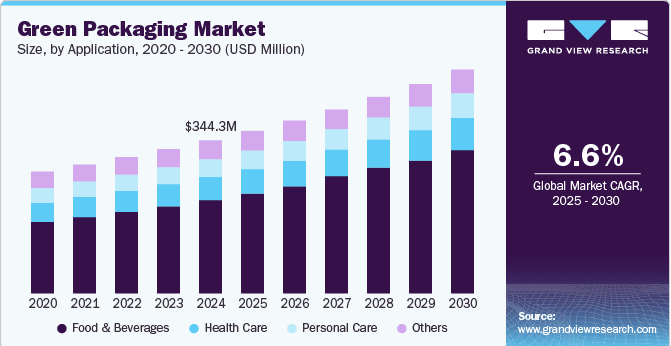
1. Cutting Material and Shipping Costs
Ever cringe at the sight of over-the-top packaging getting tossed without a glance? Sustainable design is all about less being more—using just enough to protect your product and ditching the excess. Take lightweight corrugated cardboard: it slashes shipping fees in a snap. The Corrugated Packaging Alliance found that these boxes can save up to 25% annually on shipping compared to heavier options, thanks to lower weight and fuel use.
Here at C MIC Packaging, we’ve seen clients transform their budgets by switching to streamlined, lighter options. One small change can shave off hefty costs without skimping on quality. Going green doesn’t mean spending more; it’s a clever way to save on packaging and keep your finances in the black.
The ripple effect is huge in an industry pulling in over $42 billion a year in the U.S. alone. Even tiny cuts in material or weight add up to big gains. With energy costs jumping 10% lately, energy-efficient corrugated designs aren’t just smart—they’re essential to keeping expenses under control.
Plus, corrugated cardboard isn’t just easy on your wallet; it’s a win for the environment. With a recycling rate hovering around 90%, it slashes waste and supports your eco-friendly brand without jacking up costs. And the cherry on top? Its flexibility—customizable in size, shape, and design—means no wasteful overpackaging, cutting shipping costs further while doubling as a branding tool. The math checks out: sustainable packaging is a win for both profit and purpose.
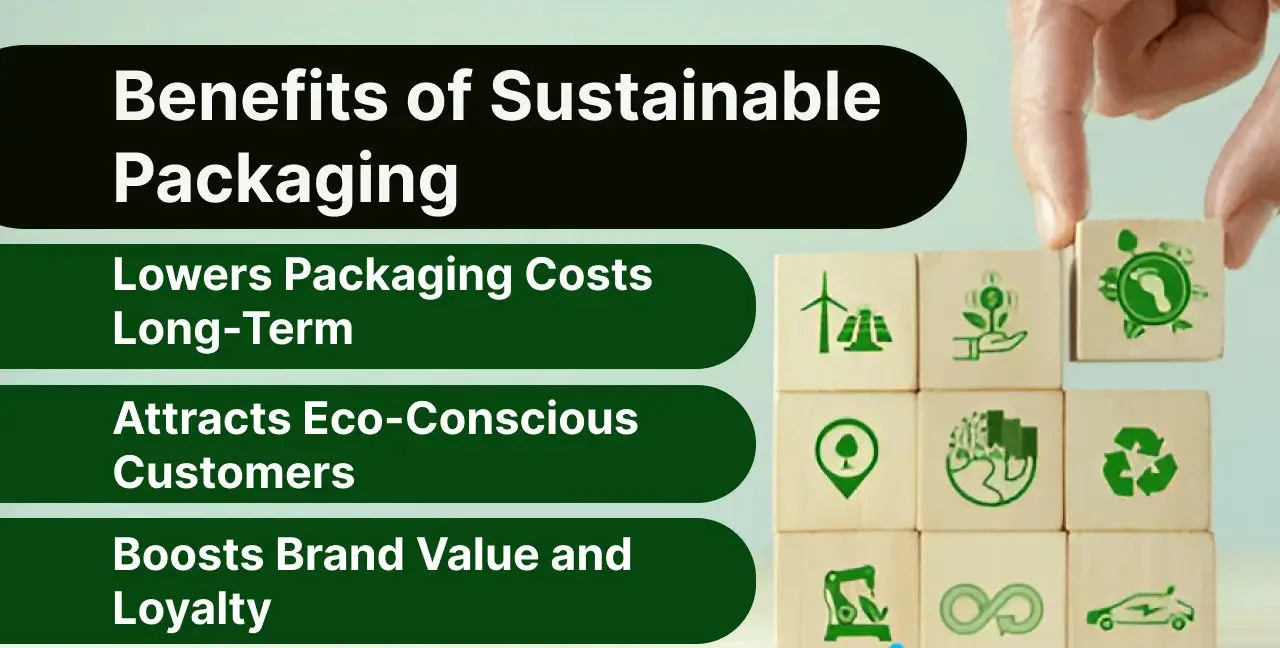
2. Winning Over Eco-Conscious Customers
Here’s a stat to chew on: a whopping 95% of consumers are trying to live more sustainably, often ready to pay extra for eco-friendly goods. By adopting green packaging solutions, you’re not just wrapping a product—you’re packaging a promise to the planet. That hits home, especially with Gen Z and Millennials, building loyalty that lasts. A brand shouting, “We’ve got the earth’s back!” doesn’t just turn heads—it sticks in minds.
Look at Coca-Cola, aiming for 100% recyclable packaging by 2025. Their bold moves have already reeled in eco-minded buyers, spiking sales and polishing their image. You can pull off the same by flaunting your green efforts—think eco-labels like “Compostable” or “Biodegradable” on your products or sharing your story through honest marketing. Sustainability becomes a magnet for building your brand’s rep.
Engaging on social media, like Instagram or Twitter, can crank up the volume on your green initiatives. Posting about your efforts builds a tribe of eco-aware fans, deepening loyalty. And by meeting or exceeding standards like the EU’s Single-Use Plastics Directive, you’re not just credible—you’re a leader. Weaving sustainability into your brand, from packaging to messaging, doesn’t just draw in customers; it locks in trust for the long haul in a greener market.

3. Streamlining Operations for Sweeter Returns
Switching to sustainable materials forces you to take a hard look at your production—and trust me, that’s a good thing. You start spotting hidden inefficiencies, like overpacking or outdated shipping methods. Using eco-solutions like reusable rigid boxes, companies can slash resource use and waste management costs. One paper company boosted its EBITDA by 4-6% after embedding sustainability into its workflow—proof that cutting your environmental footprint can fatten your profits.
Compact, lightweight designs also shake up logistics for the better. They pack more into delivery trucks, meaning fewer trips and lower fuel costs—up to 20% savings, according to Green City Times. The Ellen MacArthur Foundation adds that companies adopting circular economy practices, like sustainable packaging, often see operational costs drop by 16% through smarter resource use.
At C MIC Packaging, we help clients rethink their processes with sustainability front and center. Going green isn’t a chore—it’s a launchpad for efficiency, saving money and strengthening your brand over time. Plus, with government incentives like grants and tax credits from agencies like the U.S. EPA, the financial sting of switching eases up. Making operations leaner with sustainable practices? That’s not just smart—it’s a competitive edge.
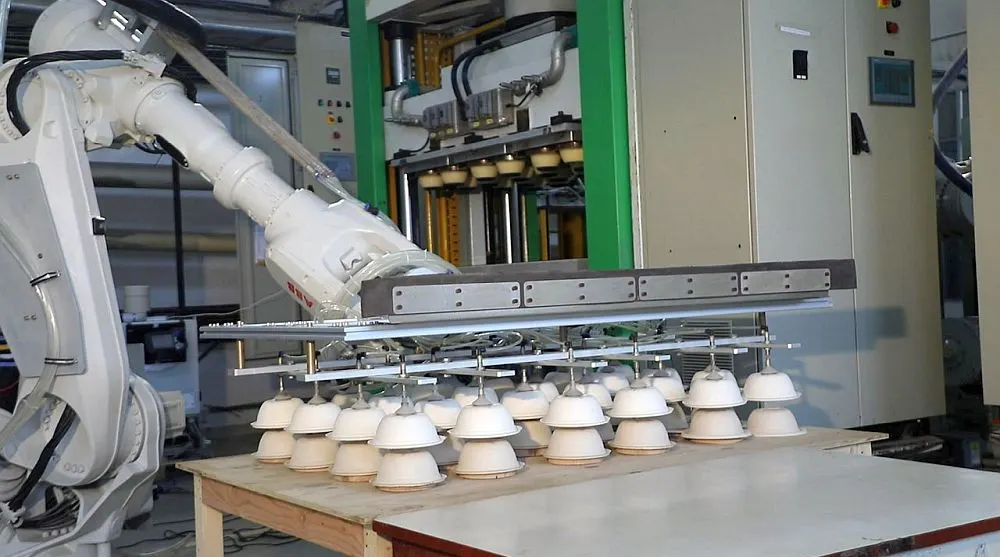
4. Shining Bright with a Standout Brand
In a crowded market, standing out is everything. Embracing sustainable packaging as an eco-pioneer gives you a real edge. It’s not just about looks—it’s about earning trust. A staggering 92% of consumers trust brands that champion environmental causes more, a connection that drives repeat buys and builds loyalty.
Picture your product on a retailer’s “green” shelf, wrapped in sustainable packaging. That’s not just visibility; it’s a profit booster. At C MIC Packaging, we design packaging that tells your eco-story through subtle, eye-catching details, making your planet-friendly vibe impossible to miss.
Consumer expectations are shifting fast—70% of U.S. shoppers hold brands accountable for sustainable practices, demanding clear, honest claims as greenwashing skepticism grows. Meanwhile, 90% lean toward brands with sustainable packaging, a huge chance to spike sales. Younger buyers, like Gen Z, crave minimalist, right-sized designs, pushing brands to blend aesthetics with eco-impact.
Sustainability also builds loyalty. Customers who see your brand as planet-conscious are more likely to stick around and spread the word. By highlighting benefits—like the recyclability of aluminum or steel—you close knowledge gaps and forge deeper bonds. With regulators cracking down on misleading claims, clear sustainability messaging boosts confidence. Brands that showcase their full lifecycle impact, from production to disposal, craft a compelling, trustworthy image that cuts through the noise.
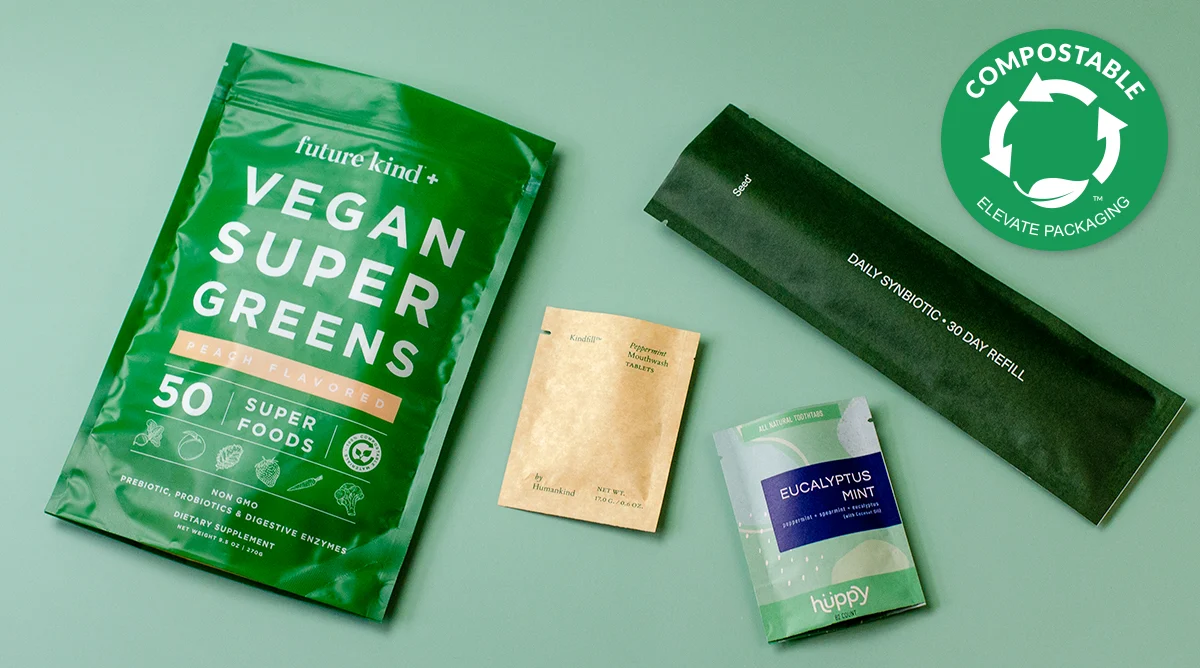
5. Dodging Penalties and Grabbing Perks
Navigating the maze of global regulations can feel like a headache, but getting on board with compliance-driven packaging brings surprising wins. Take California’s SB 54, the Plastic Pollution Prevention Act, mandating a 25% cut in single-use plastics by 2032 and full recyclability or compostability by then. Miss the mark, and you’re hit with fines. Nail it, and you’re eligible for tax relief and subsidies. Building a sustainable supply chain doesn’t just shield you from penalties—it quietly boosts your profits.
At C MIC Packaging, we stay on top of these complex rules, crafting solutions that tick legal boxes while cutting costs. Our goal? Steer clients through the red tape to avoid traps and snag sustainability rewards. Meeting SB 54’s phased targets—like a 10% reduction by 2027—also polishes your eco-conscious rep, aligning with consumer trends favoring green brands.
Compliance with SB 54’s Extended Producer Responsibility program shifts plastic pollution costs from consumers to producers, demanding a $5 billion contribution over ten years for environmental and community justice initiatives. Joining a Producer Responsibility Organisation offers structure and resources for sustainable packaging, building customer trust and social cred. Add in cost savings from optimized designs and reduced shipping with lighter materials, and you’ve got a recipe for loyalty and sales. Blending compliance, efficiency, and goodwill? That’s a winning strategy.
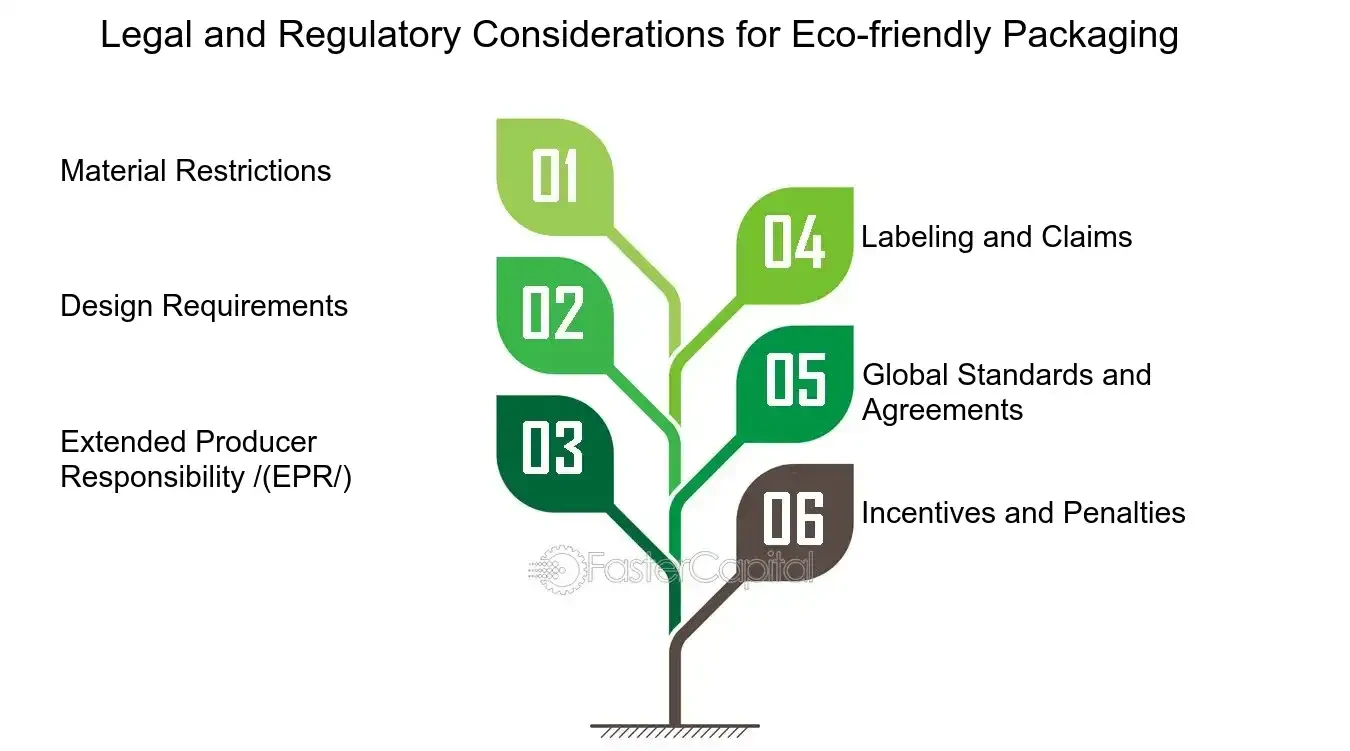
Tackling Your Concerns: Will This Actually Work for Me?
I get it—switching to sustainable packaging might feel like a big leap. Let’s tackle those nagging doubts head-on with straight-up answers.
- Doesn’t It Cost a Fortune to Start? Sure, the upfront hit can sting a bit. But thanks to better tech and smarter production, costs are dropping. Long-term, savings from lighter, cheaper materials often outpace the initial spend. Why not test the waters with one product? Low risk, high insight.
- Will My Products Still Be Safe? Absolutely. Innovations like mushroom packaging or bioplastics aren’t just green—they’re tough. At C MIC Packaging, we customize solutions to meet or beat traditional safety standards, keeping your goods secure.
- Do Customers Even Care? Oh, they do—especially when you show it off. Labels like “100% recyclable” or “biodegradable” grab attention. Data says 54% of consumers chose sustainable packaging in the last six months, paving a straight path to loyalty.
- What About Material Shortages? Supply hiccups, like scarce recycled materials, are real worries. A solid supplier makes all the difference. At C MIC Packaging, our global network keeps sustainable resources flowing, even in tight markets.
- What Else Do I Gain? Plenty. Beyond the planet, green practices align with laws like Extended Producer Responsibility, dodging fines and boosting your image. Custom designs cut waste and amp up branding, while employees feel prouder working for a values-driven company, fueling a better workplace.
Bottom line: sustainable packaging isn’t a fleeting craze—it’s a savvy play. With rising consumer demand and a competitive advantage up for grabs, the jump might seem scary, but the landing is pure gold.
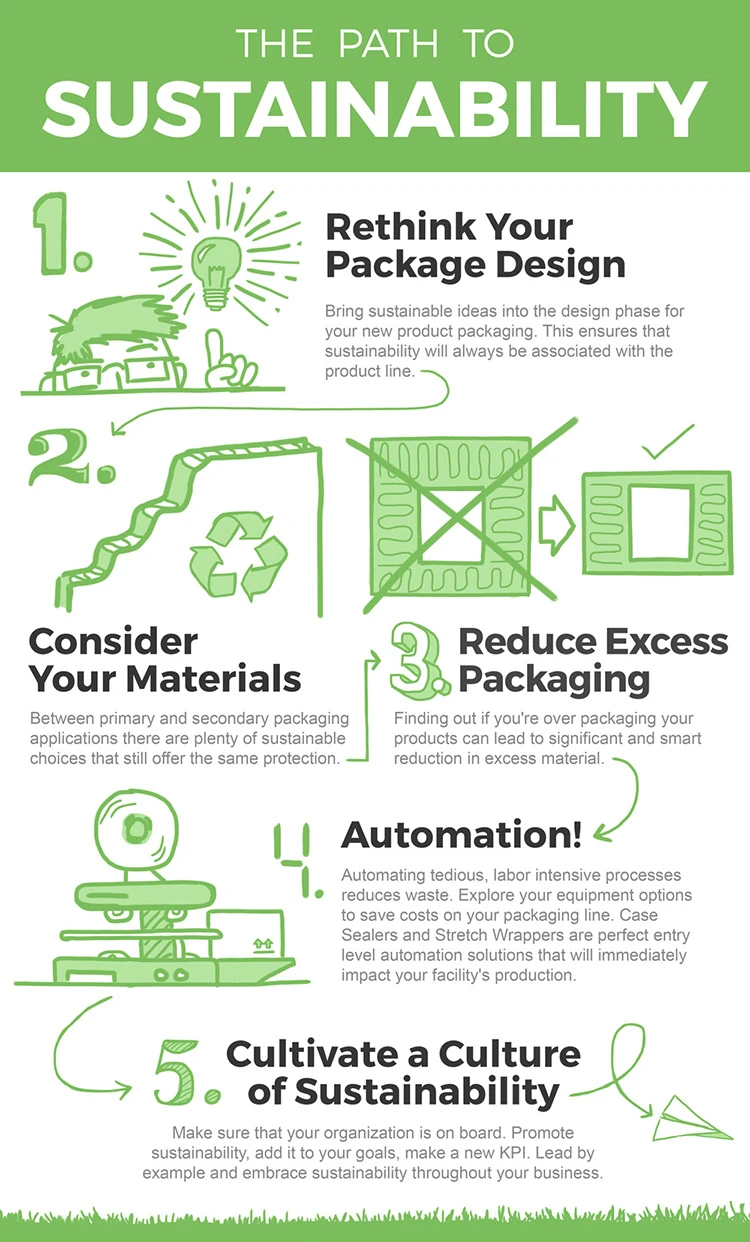
Real Proof: A Success Story That Hits Home
Picture a mid-sized food brand drowning in high packaging costs and flak for plastic overuse. With C MIC Packaging’s guidance, they pivoted to biodegradable cornstarch containers and trimmed down box sizes. The payoff? Shipping costs dropped 15% with lighter loads, sales spiked 20% as eco-fans took notice, and customer feedback glowed with praise for their green commitment. This wasn’t just a budget trim—it was a massive brand boost.
This isn’t a one-off. From retail to manufacturing, businesses jumping on green packaging are seeing less waste, happier customers, and thicker profit margins. Optimizing designs can slash costs by up to 20%, per the Packaging and Packaging Materials Programme. Look at Unilever—their goal of 100% reusable, recyclable, or compostable packaging by 2025 has already saved millions yearly by cutting material and waste expenses.
There’s more: sourcing plant-based materials locally, like EcoPack Innovations, cuts logistics costs by 10-15% while steadying supply chains. UK government incentives, like tax credits for green moves, soften the financial blow. These choices are a roadmap to lasting gains. Plus, sustainability sets you apart—consumers trust eco-brands more, driving loyalty and revenue, while a green culture inside your company lifts morale and productivity. I’m betting your business could write the next big win. With tools like bioplastics and cost-sharing via Extended Producer Responsibility programs, the path is clear and doable. Let’s make it happen.
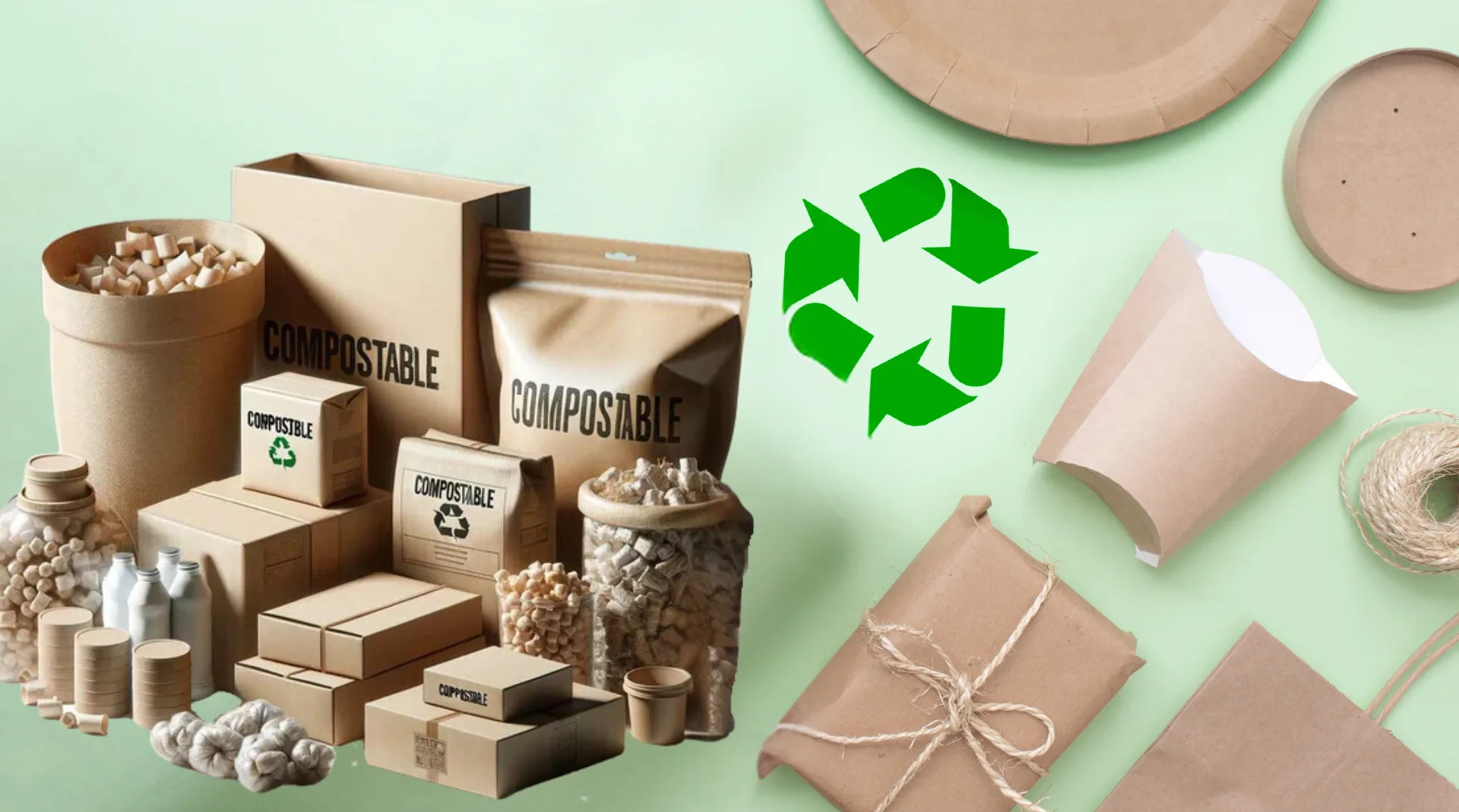
Your Step-by-Step Guide to Sustainable Success
Ready to shake up your business? Here’s a no-nonsense plan to weave eco-friendly packaging into your operations and cash in on bigger profits.
- Take Stock of What You’ve Got: Start by sizing up your current packaging. Pinpoint what’s bulky, wasteful, or pricey. This first sweep will highlight where green swaps can save you money.
- Nail Down Your Goals: What’s your aim—cutting waste or winning over customers? Set clear targets that mesh with your budget and timeline for a smooth rollout.
- Hunt for Green Options: Look into biodegradable wraps or recycled cartons. Team up with trusted suppliers who guarantee quality and standards, tailoring fixes to your needs.
- Test Small, Think Big: Try new packaging on just one product line. Track costs, snag customer feedback, and iron out logistics kinks before going all-in.
- Shout About Your Green Move: Update your branding to spotlight your eco-vibe. Use labels and social media to flaunt your planet-friendly commitment—85% of customers dig brands with sustainability at heart.
- Track and Tweak: Monitor cost cuts, sales bumps, and customer vibes after the switch. Fine-tune designs or supplier ties for max savings, taking a page from Procter & Gamble, who saved $1.5 billion over a decade by trimming material use.
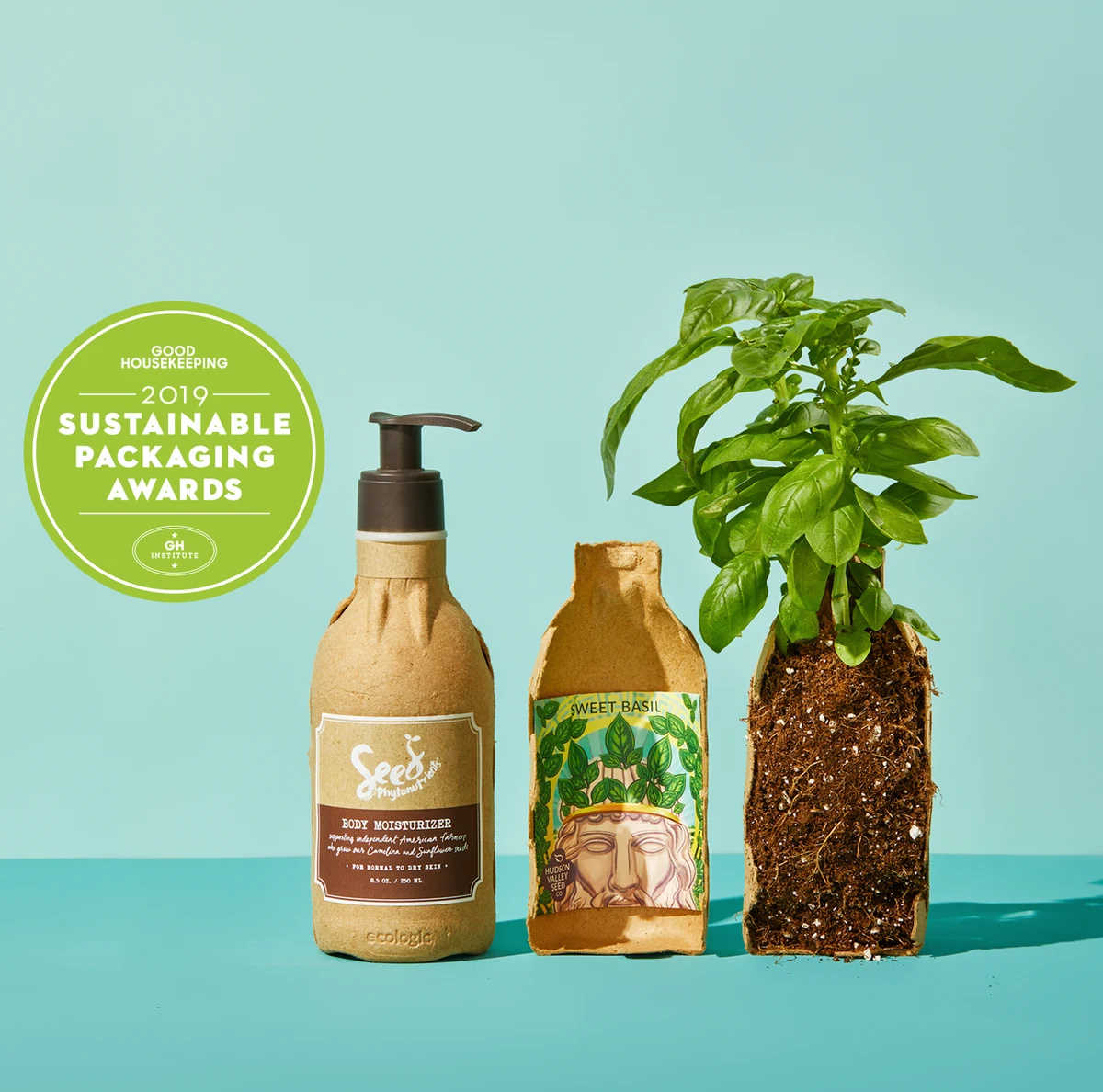
On top of that, going sustainable can toughen up your supply chain—sourcing local materials cuts risks by up to 12%, per recent studies. At C MIC Packaging, we’re all in to guide you through this shift, tapping our know-how in custom solutions and global logistics to make the transition seamless and profitable. Let’s turn green into gold together. If you’re ready to take the next step, reach out to discuss how we can help transform your packaging strategy.


